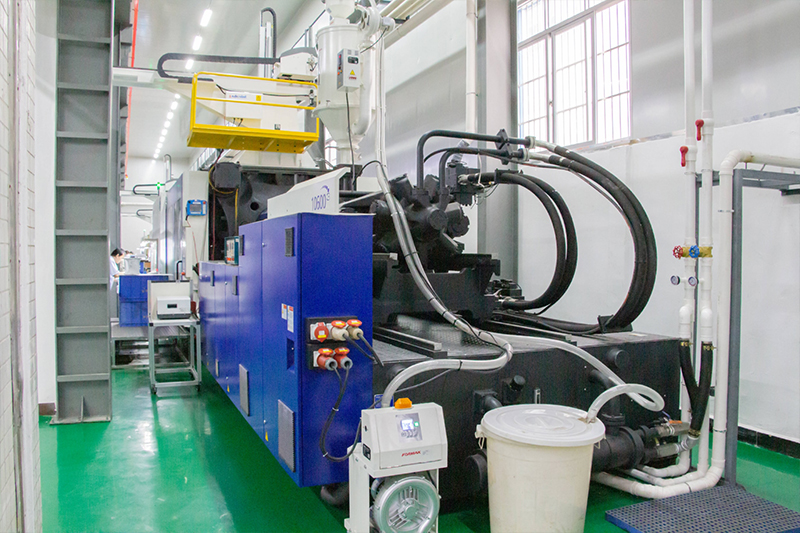What are the technical requirements of injection mold polishing?
Injection mold polishing technology refers to the processing and treatment of the injection mold surface to improve the finish and flatness of the mold.
Injection mold polishing technical requirements mainly include the following 7 aspects:
(1) Surface smoothness: The surface of the injection mold should be maintained in good smoothness, without bumps, scratches or other defects. This can be achieved by using the right grinding tools and techniques, such as sandpaper, grinding wheels, grinders, etc.
(2) Finish: The surface of the injection mold should have a certain finish to ensure the surface quality of the molded product. The polishing process requires the use of abrasive materials of different particle sizes to gradually remove the defects and roughness of the mold surface until the desired finish is achieved.
(3) Remove the oxide layer: the injection mold may produce an oxide layer during use, affecting the surface quality and service life of the mold. Therefore, the oxidation layer on the surface of the mold needs to be completely removed during the polishing process to ensure the normal operation of the mold.
(4) Remove scratches and defects: Scratches and defects on the surface of the injection mold will affect the appearance and quality of the molded product. In the polishing process, the surface of the mold needs to be carefully inspected and the appropriate tools and techniques are used to remove scratches and defects, so that the surface of the mold reaches a smooth and flawless state.
(5) Maintain dimensional accuracy: The dimensional accuracy of the injection mold is very important for the size and shape of the molded product. In the polishing process, it is necessary to pay attention to maintaining the dimensional accuracy of the mold to avoid the deviation of the mold size caused by polishing.
(6) Avoid deformation and damage: the injection mold needs to pay attention to avoid deformation and damage of the mold during the polishing process. When polishing, appropriate pressure and speed should be used to avoid excessive processing or uneven processing leading to mold deformation or damage.
(7) Cleaning and rust prevention: the polished injection mold needs to be cleaned and rust prevention treatment to keep the surface of the mold smooth and extend the service life of the mold. Cleaning can use special cleaning agents and tools, rust can be used to prevent rust or coated with a thin layer of anti-rust oil.
In general, the technical requirements for injection mold polishing include surface smoothness, finish, removal of oxide layers, removal of scratches and defects, maintenance of dimensional accuracy, avoidance of deformation and damage, as well as cleaning and rust prevention.
Post time: Sep-28-2023

